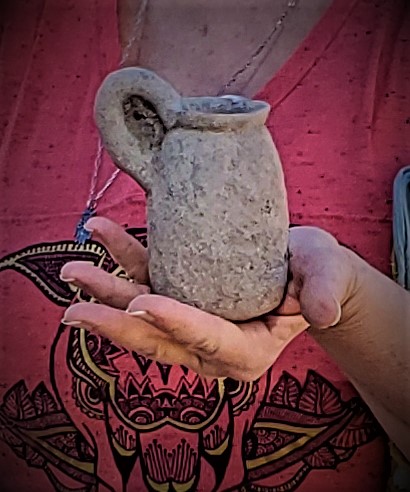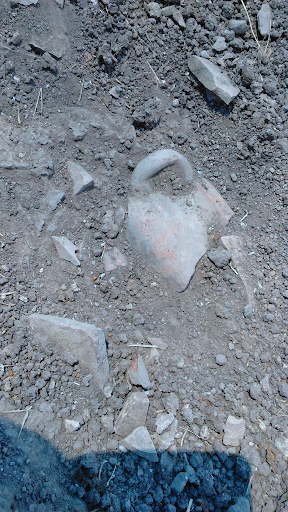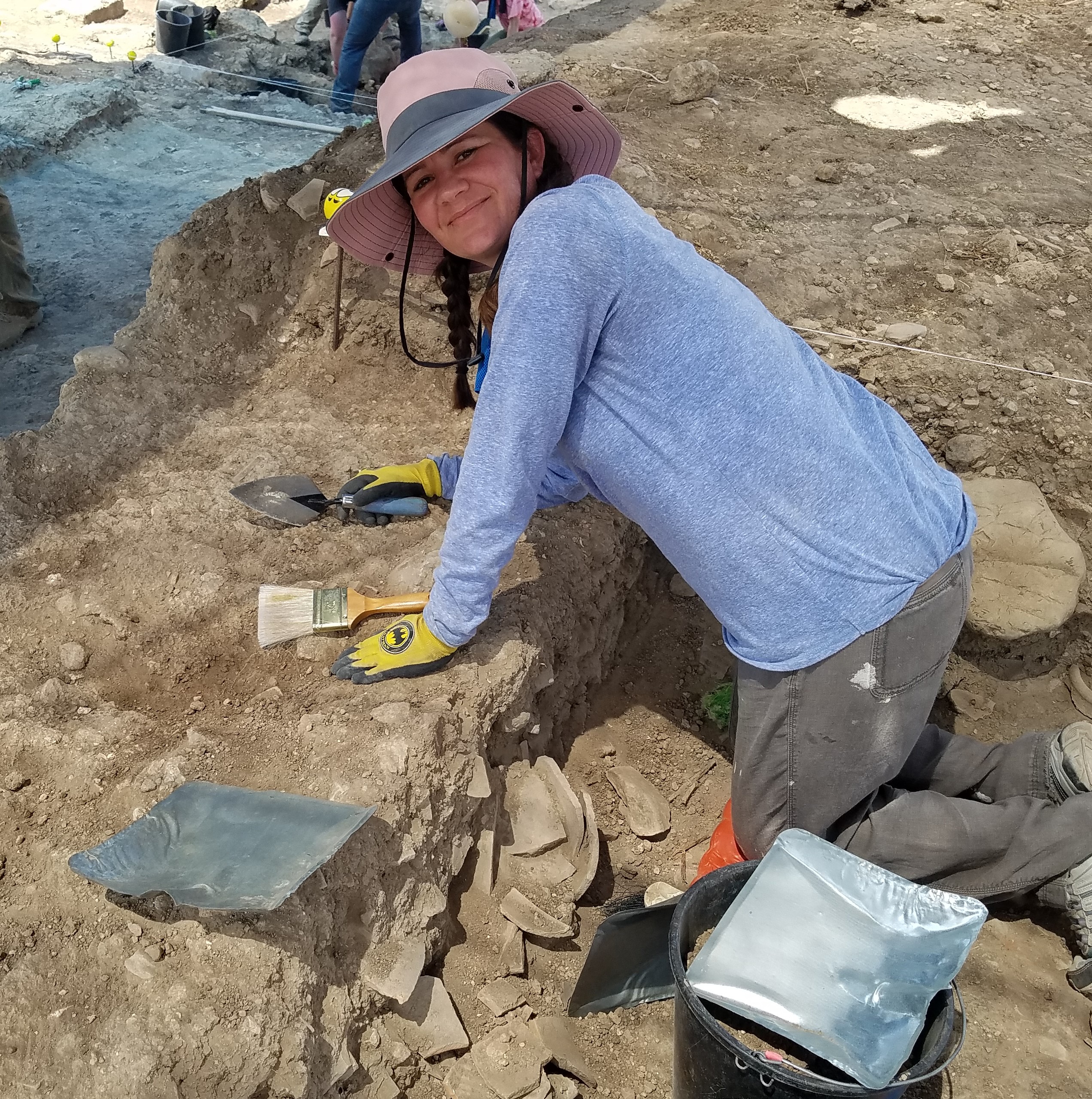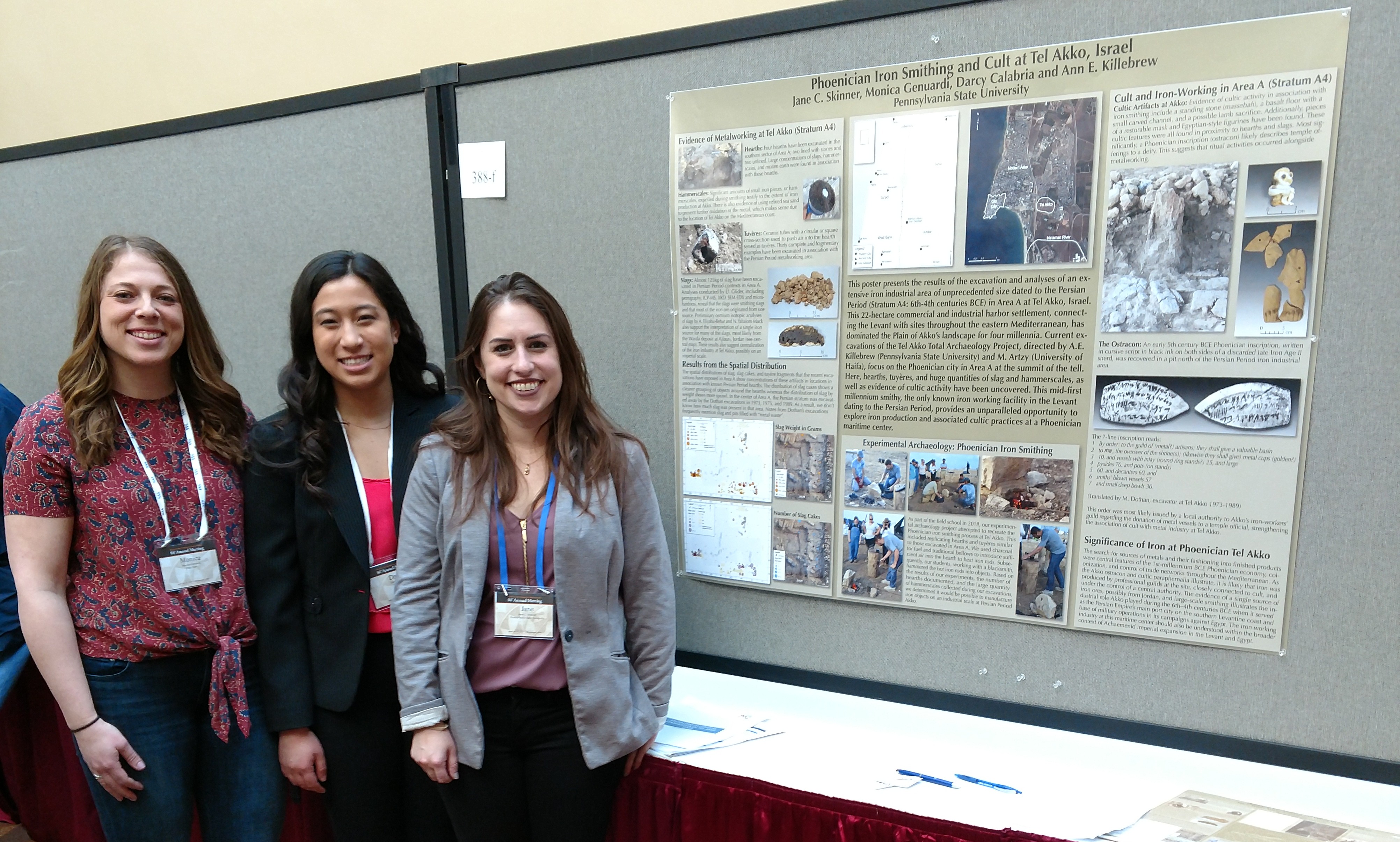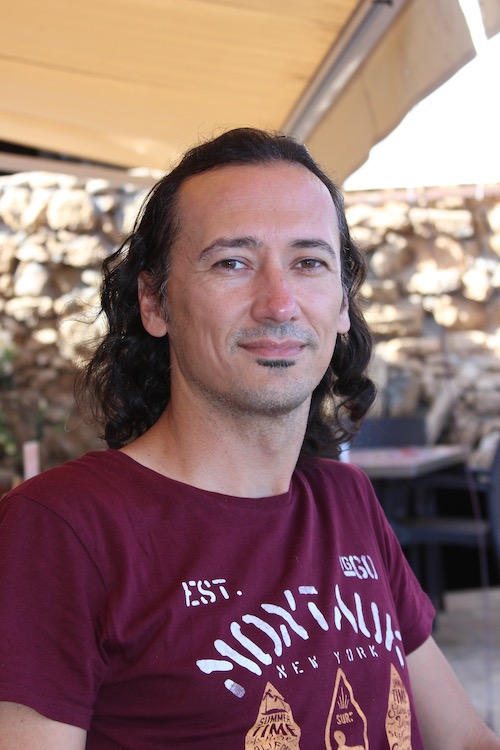The Little Phoenician Juglet
What could be more wonderful than finding an almost perfect little juglet that has been buried for thousands of years, the very first week of my dig in Akko! Yes, I carefully dug out of the side of the wall within my square this beautiful little jug with only a small chip along the lip opening. Otherwise it was so perfect, filled with dirt and debris. It was like a little animal caught, but looking up at me with longing eyes saying, “free me, free me!” It was such a thrill to find it all intact, since so much of the pottery was broken and smashed around me in the square.
This experience is a once-in-a-lifetime drama that everyone should try. The reality of how hard it is to dig: the heat, the dirt, the bending over and heavy lifting, over and over and over just to find that one special find, fills you with refreshed enthusiasm. It is truly indescribable. A person has to feel it, do it, experience it, overcome it in order to understand the thrill of the hunt.
I am grateful for my early years of farm girl lifestyle which included chores of all kinds like gardening, plowing, and digging. So, I feel right at home with the tools. Years of shoveling out animal stalls and barnyard areas come back to me as we work around the dig. It is comfortable, but the passing of many years presents new obstacles to overcome. My knees don’t bend. My hips hurt. My stamina is just not there, and that frustrates me. I watch the young people around me jump into their work with such passion and focus. I miss those days of feeling like I can handle this job and get the site cleared TODAY!
Yes, the little juglet will always be MY little juglet because I was the first one to release it, to have it see the sun again after being in the dark dirt so very long. I have made a contribution I will always remember.
